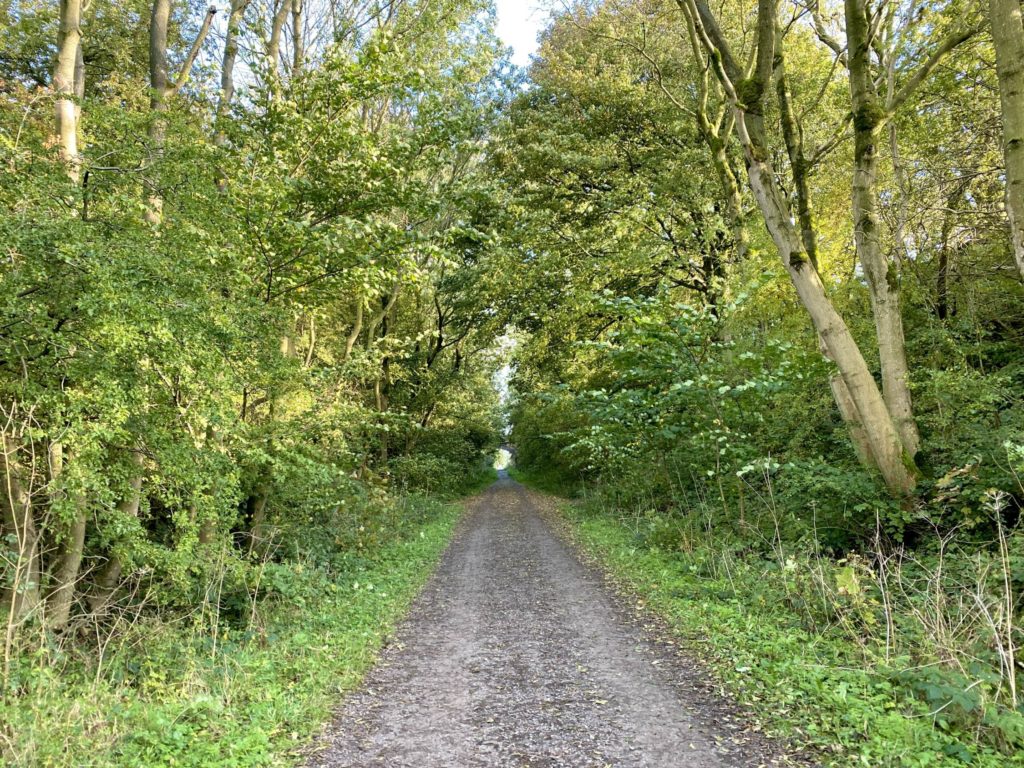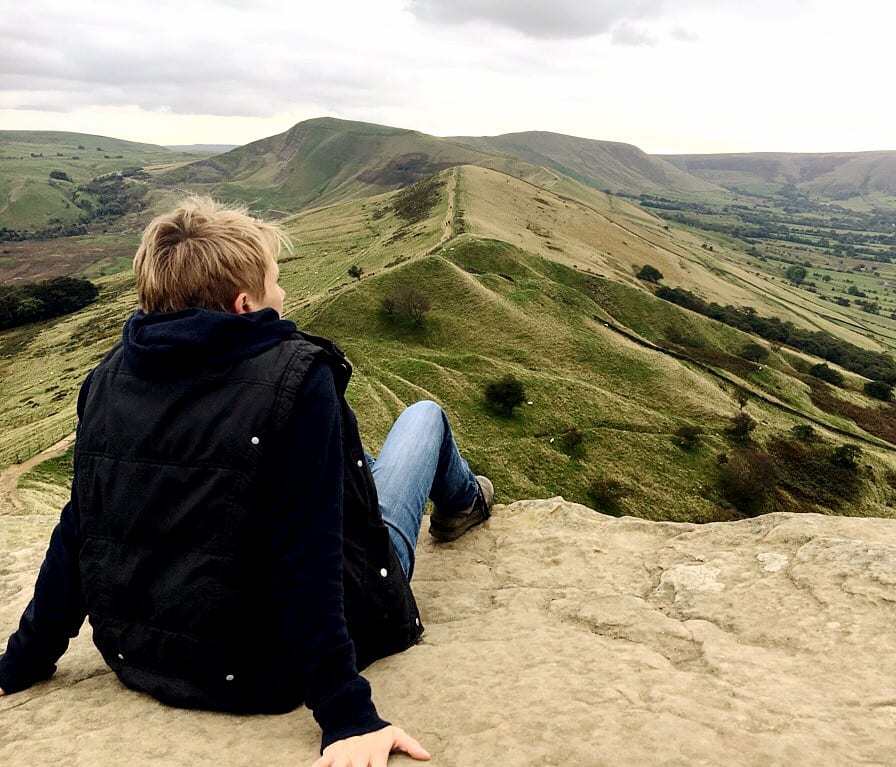Parwich
The idyllic Peak District village of Parwich is a beautiful little gem in the Derbyshire hills, surrounded by stunning countryside. Walking along the lanes is like stepping back in time, with pretty stone cottages clustered on quiet streets and dotted along the stream that runs through the centre of the village.
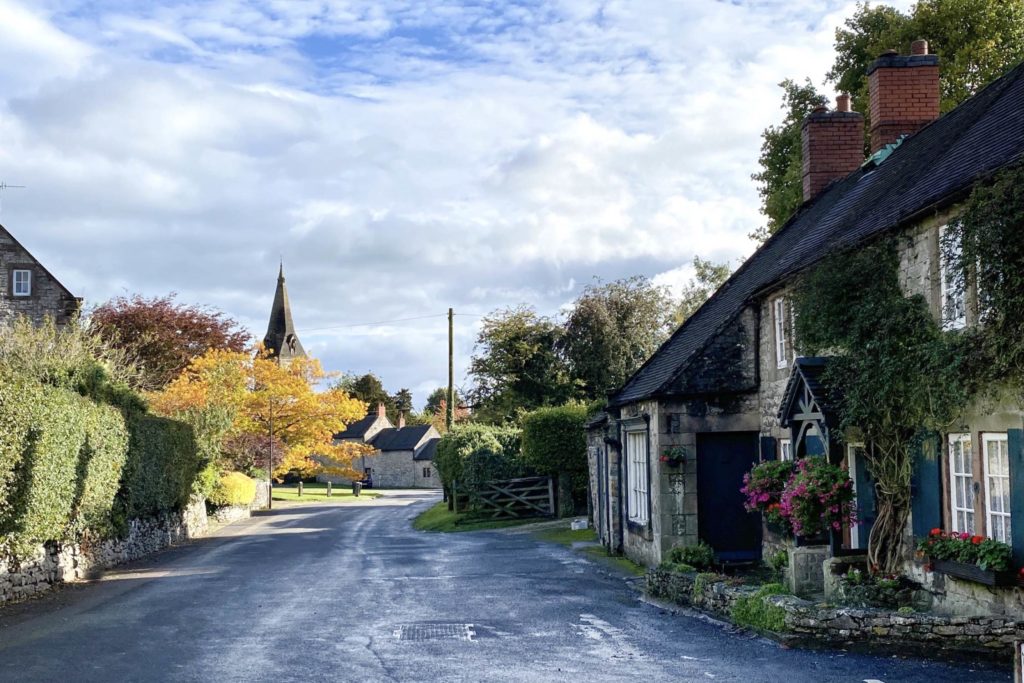
Parwich History
It is likely that there has been a settlement in this area since at least the Bronze Age, as evidenced by the amount of burial mounds and archeological remains from that era found in this part of the Peak District National Park.
The Romans were almost certainly active in this area, possibly mining for lead, and excavations in the areas surrounding the village have found Roman coins and a possible lead rake on Parwich Hill. The Roman road known as ‘The Street’, which runs from Derby to Buxton, also passes close by, and was used until the late 1700s as a main road in the area.
Despite its mining history, this has always been predominantly a farming village, surrounded by the lush pastureland typical of the White Peak. The stream and small pond (known as the ‘Dam’) in the centre of the village was originally used as a sheep wash. In the Domesday Book of 1086 Parwich was mentioned as Pevrewic, a farming community with 8 farming households.
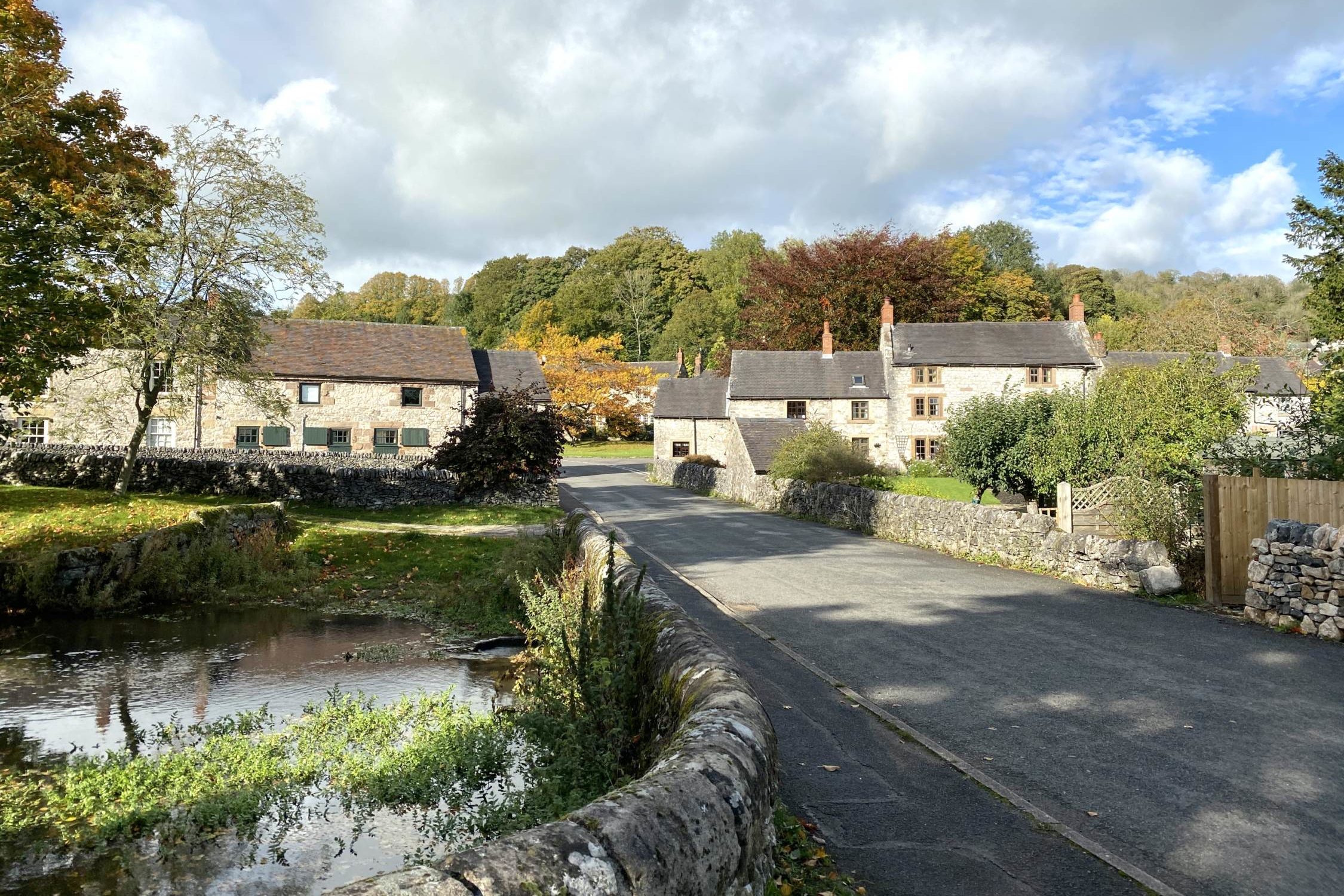
The name ‘Parwich’ is likely to have derived from ‘Pever’, the Celtic word for the stream that runs through the village, albeit it no longer has a recorded name, with ‘wich’ or ‘wic’ being a Saxon word for a dairy farm.
The riches from farming meant that Parwich was a wealthy village in the Georgian era, and there are still many beautiful buildings from that period surviving within the village today. The gracious Parwich Hall is a perfect example, built in 1747 in a classic Georgian style but incorporating parts of a Tudor manor house from around 1550. It occupies a commanding position overlooking the village, with a beautiful red brick facade, unusual in a village of limestone houses.
The pretty church of St Peter’s was built in 1872-1873, on the site of an earlier Norman church. The Norman building was largely demolished, although a doorway in the tower and the chancel arch survived.

Parwich Today
Parwich today is a peaceful place, often undiscovered by visitors to the Peak District, although it shot to a small degree of fame when it was named in 2015 in the Sunday Times as being ‘one of the best places to live in Britain’. It is located close to the southern edge of the National Park boundary, 7 miles north of Ashbourne.
It has a lively, thriving community, with a school, a Royal British Legion club, a lovely children’s playground and various sporting clubs. The cosy country pub The Sycamore Inn, dating back to the 17th Century, stands in the heart of the village, and also houses the local village shop in a small room off the bar.
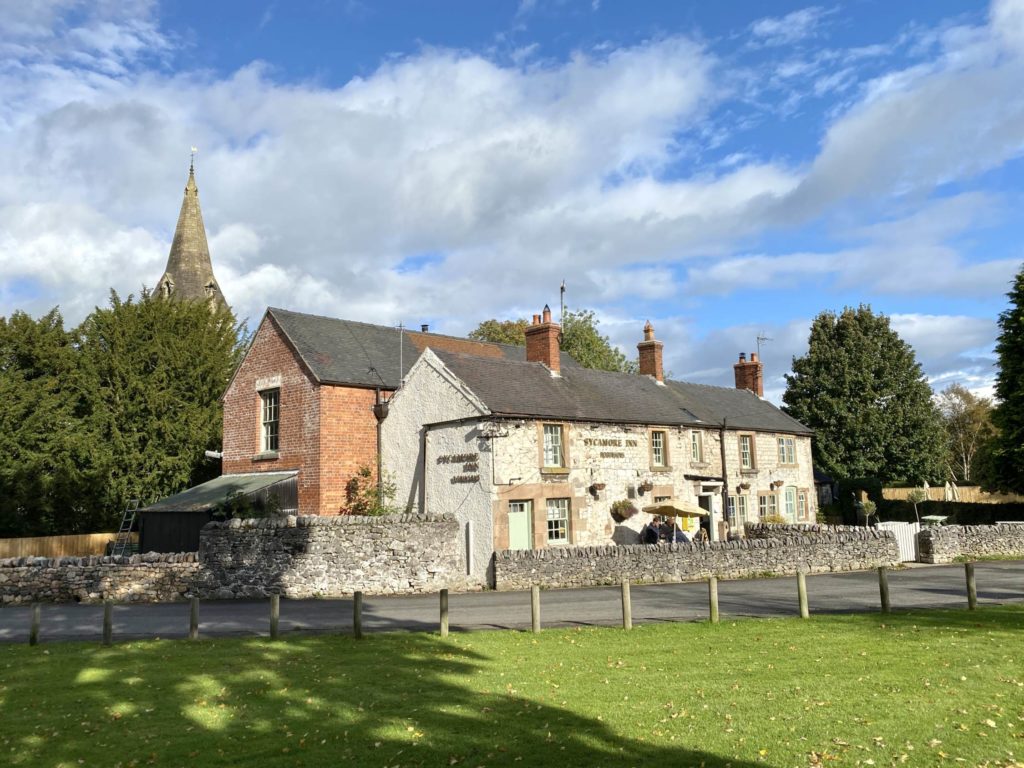
The lovely traffic-free walking and cycling trails, the High Peak Trail and the Tissington Trail, both pass close to Parwich. The village is also on the route of the Limestone Way, the long distance footpath that stretches for 46 miles between Castleton and Rocester, and the Peak District Boundary Walk.
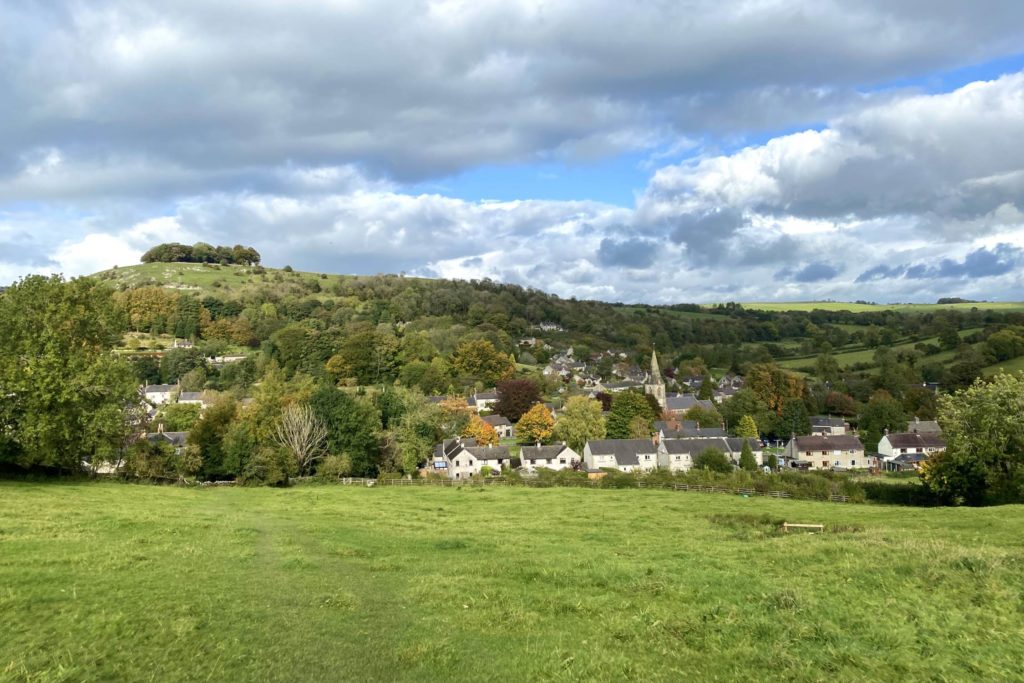
Walking in Parwich
To explore this beautiful area more fully, why not try our lovely Tissington Walk which goes via Parwich? This lovely 4 mile route takes you along country lanes and field paths with fantastic views from Tissington village to Parwich, and then back to Tissington along field paths and the Tissington Trail.
